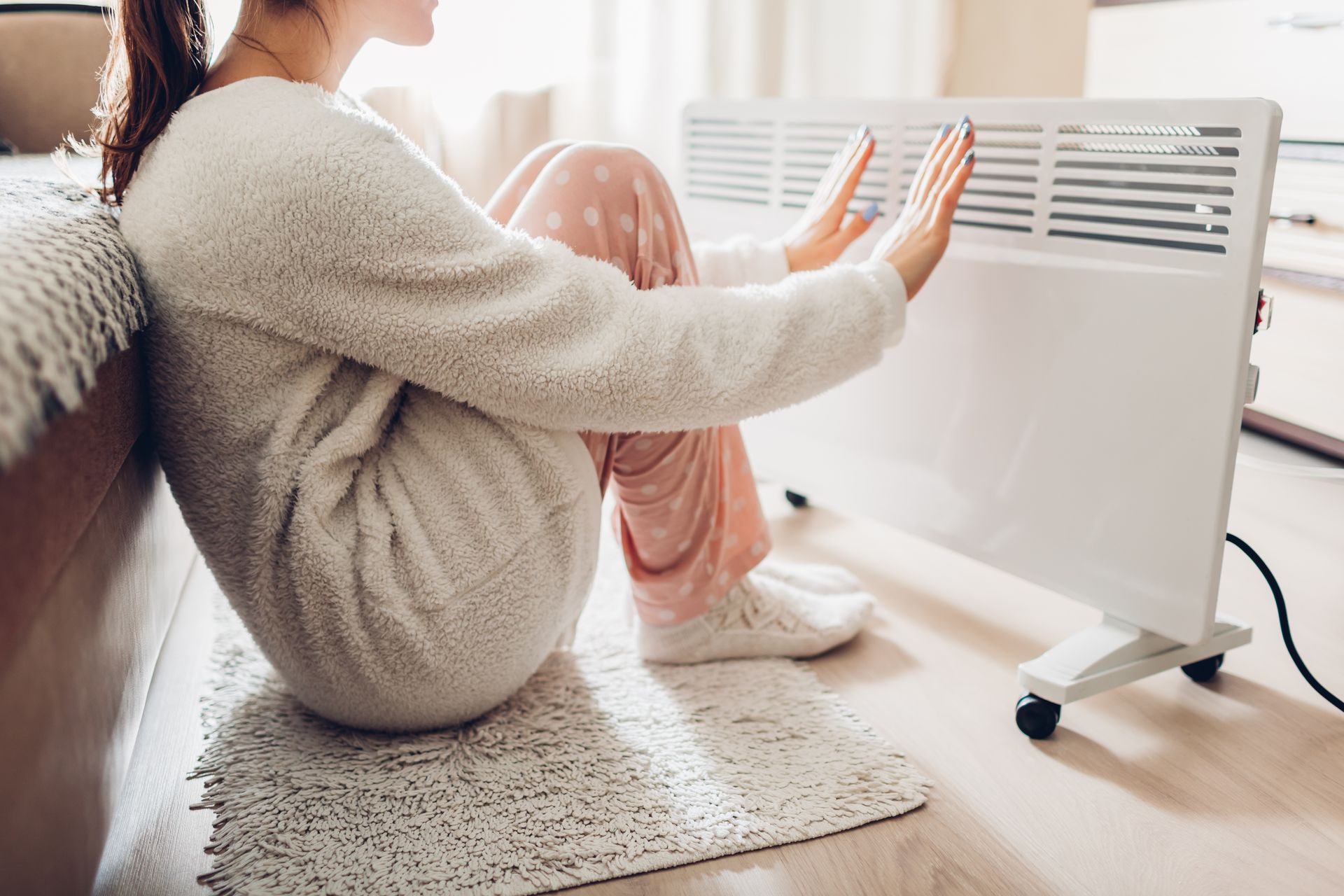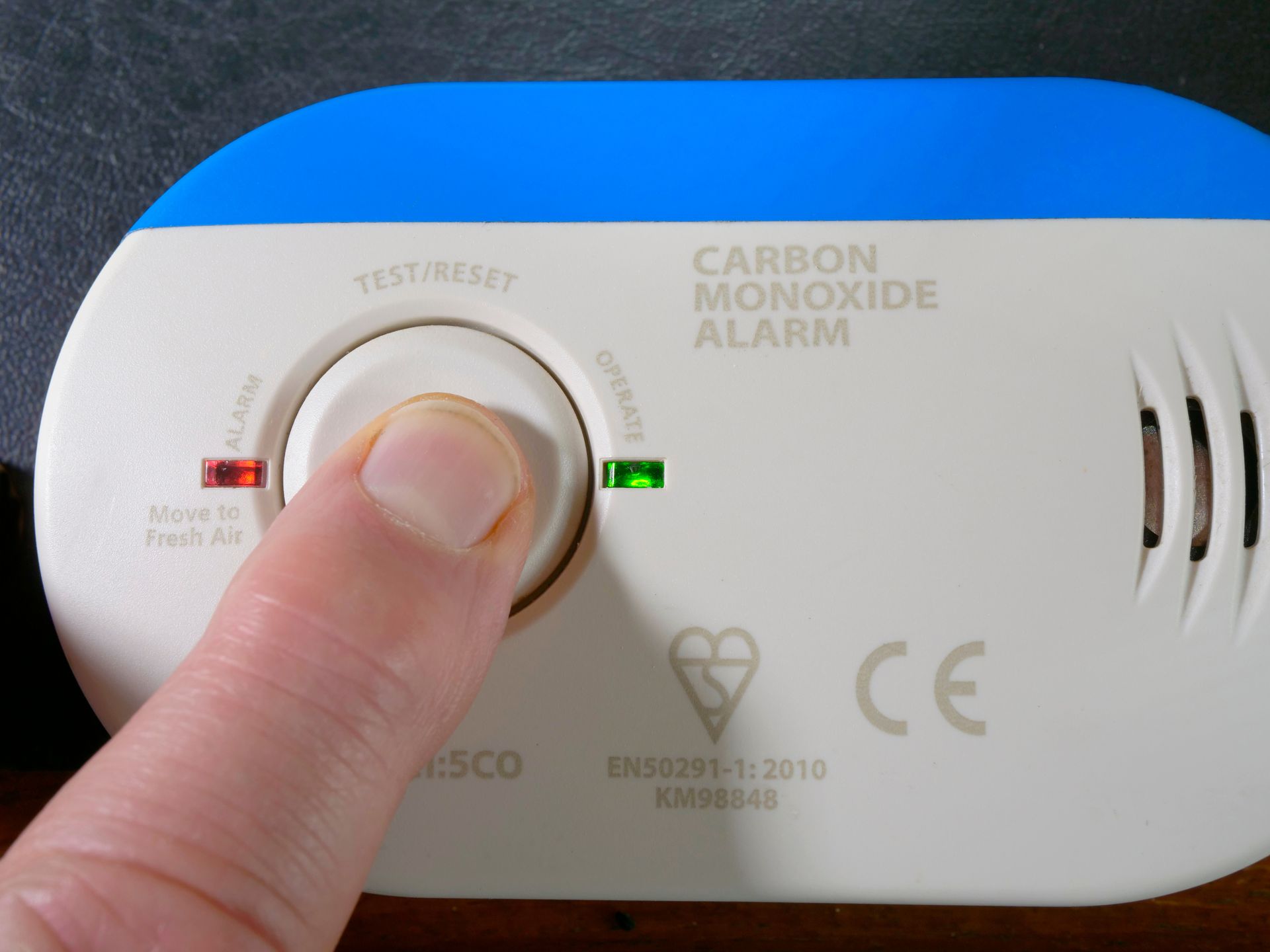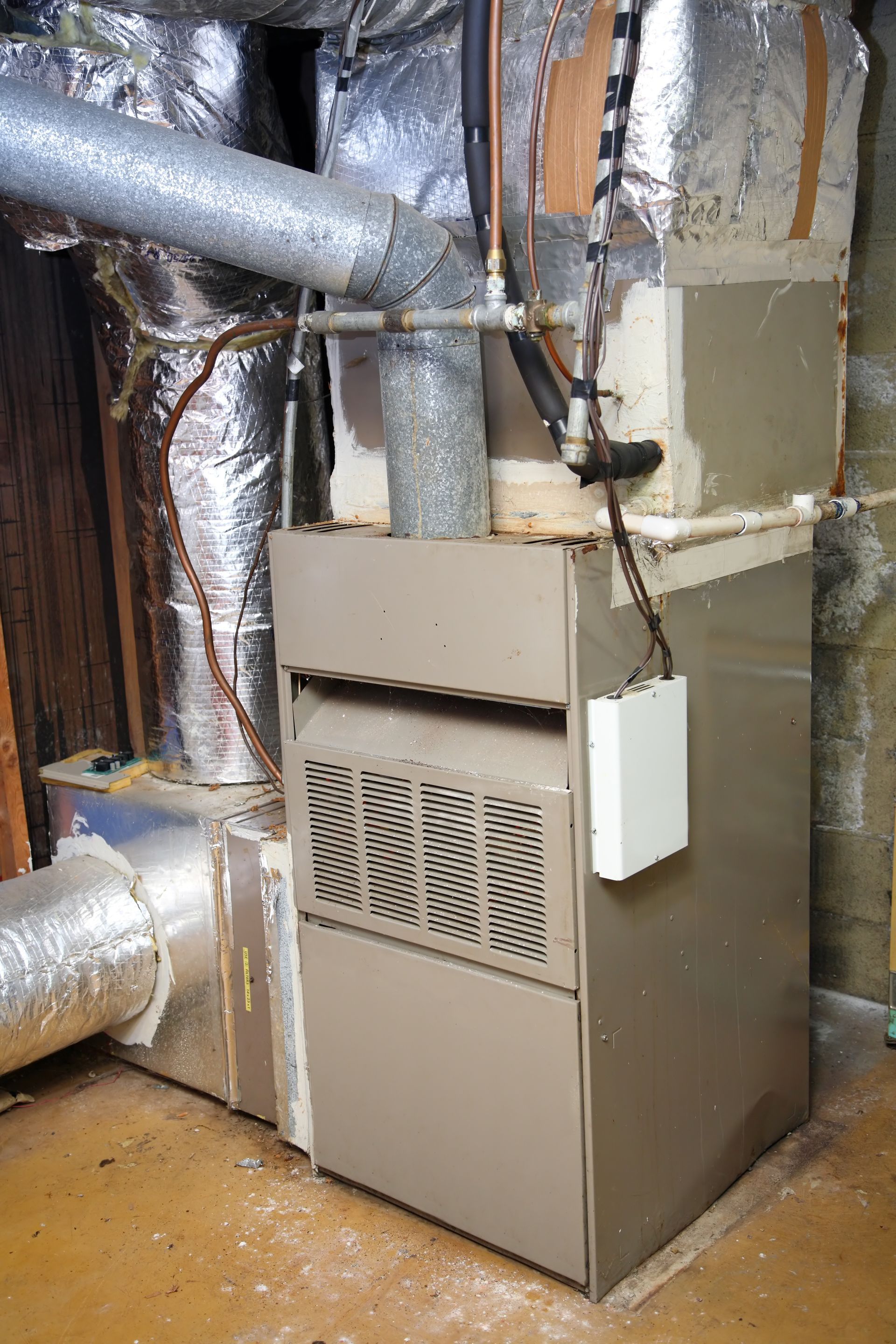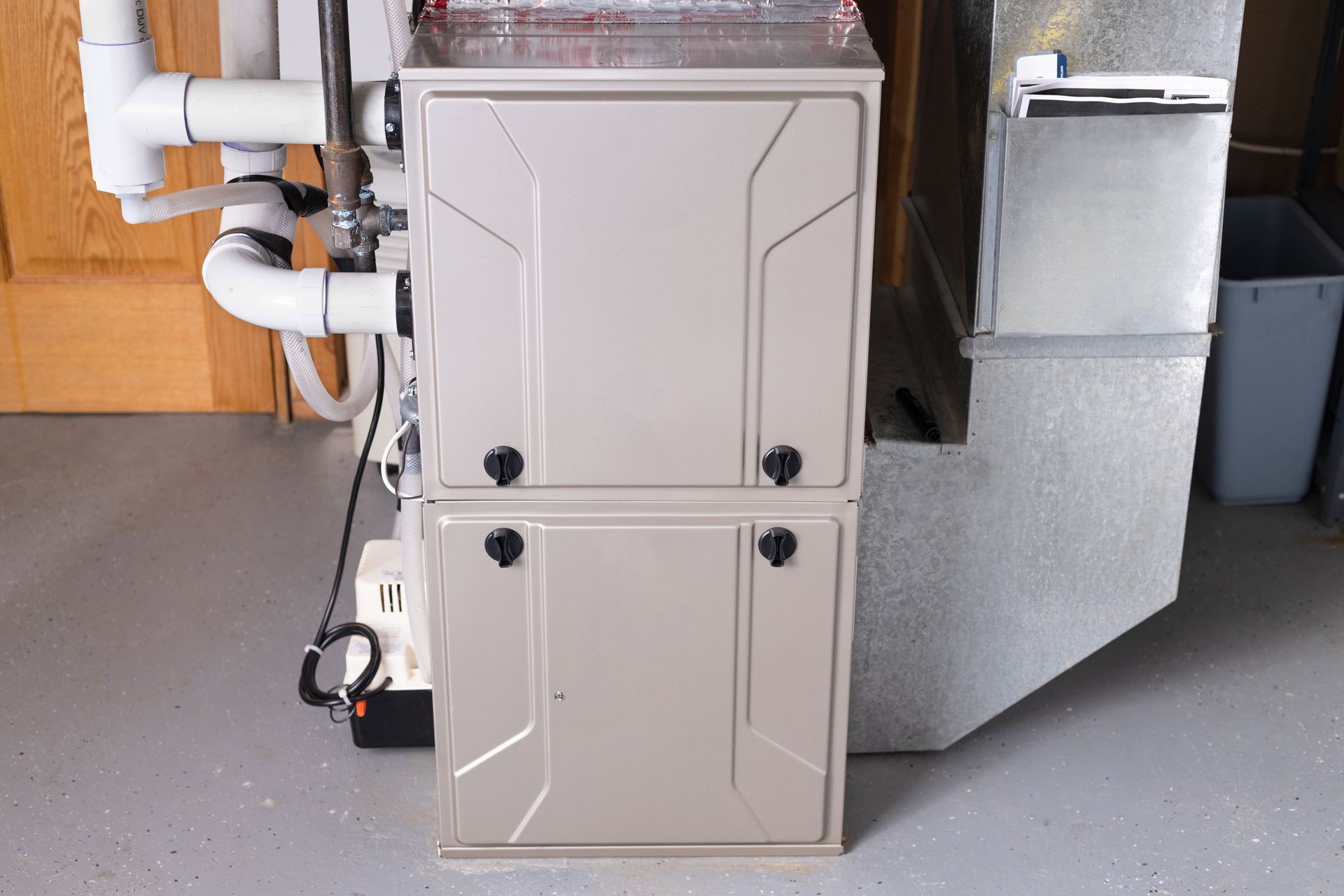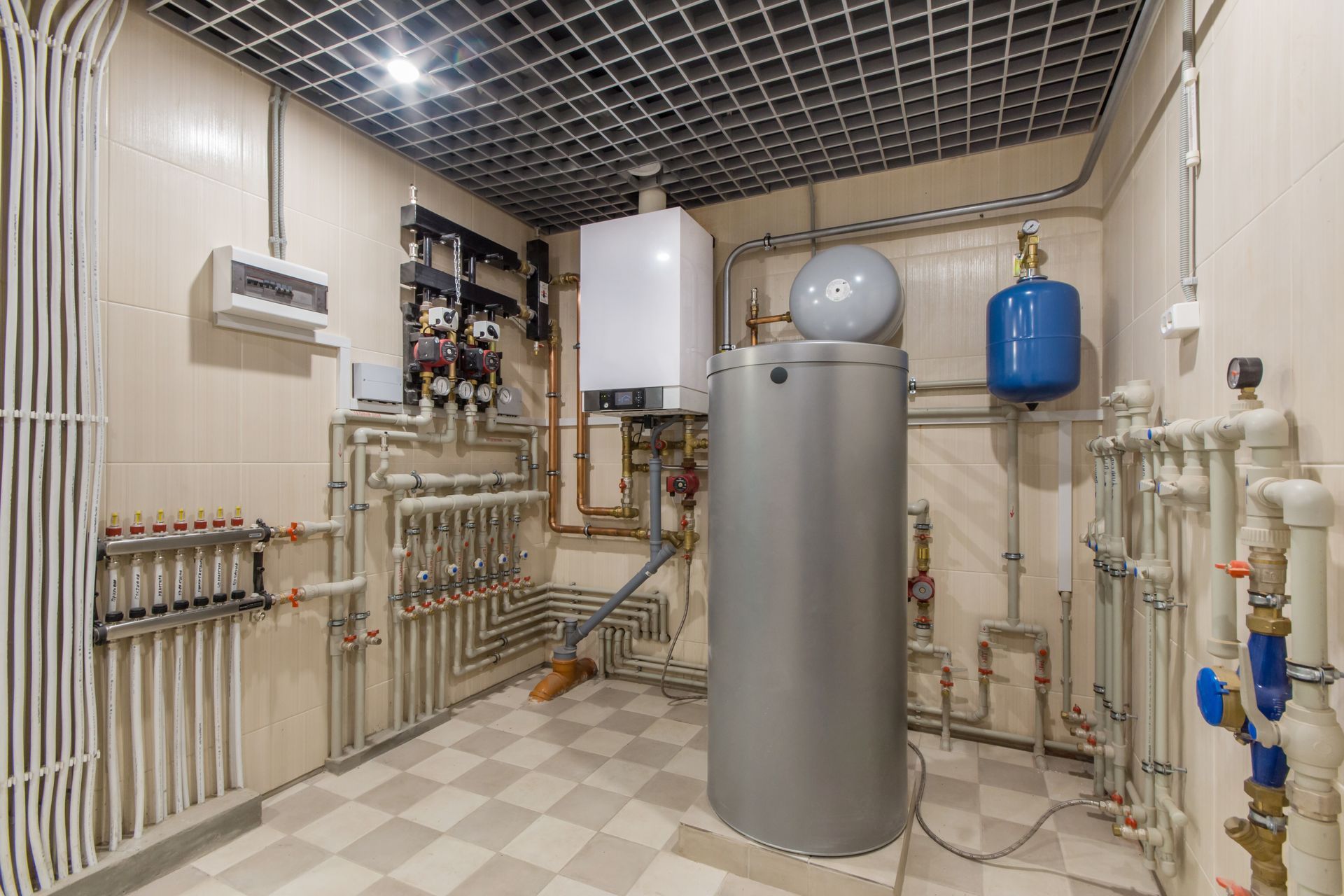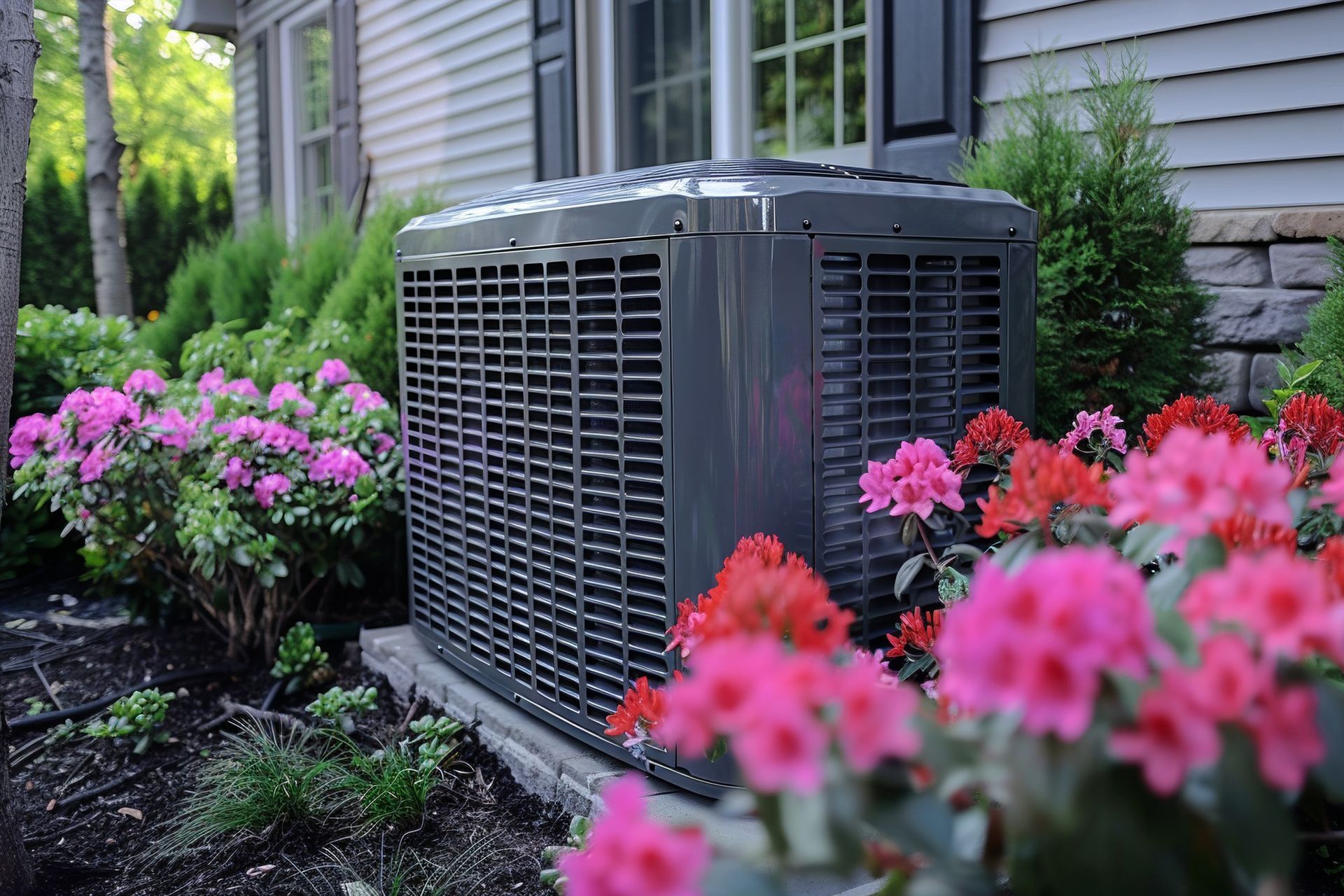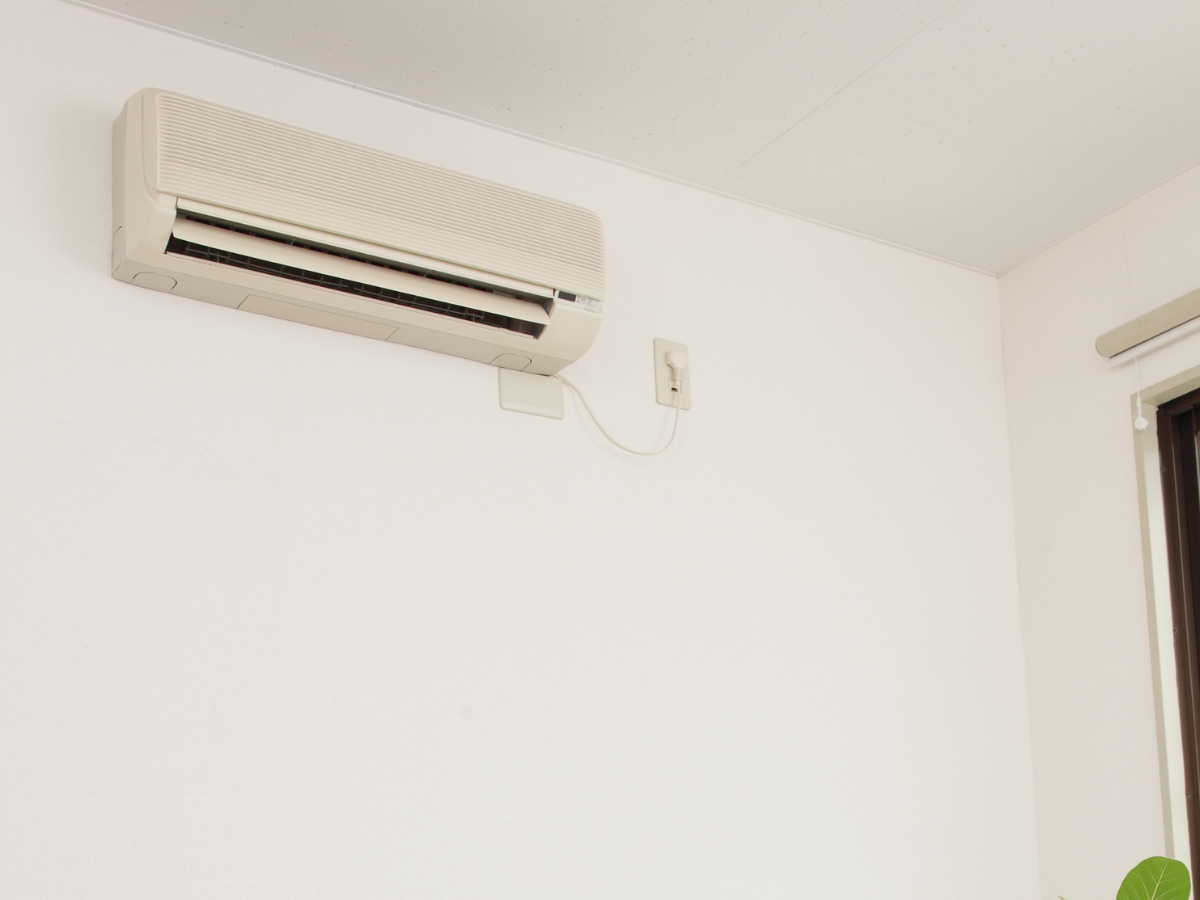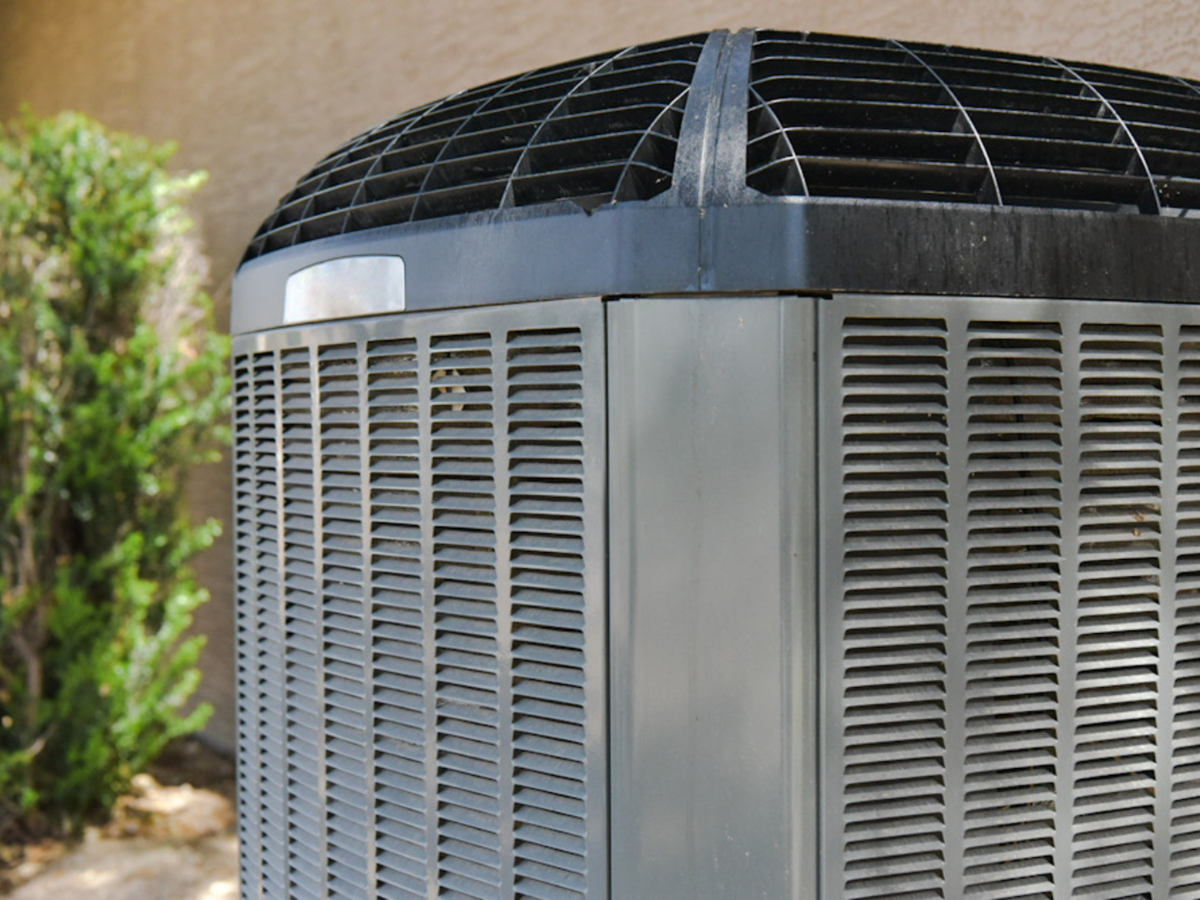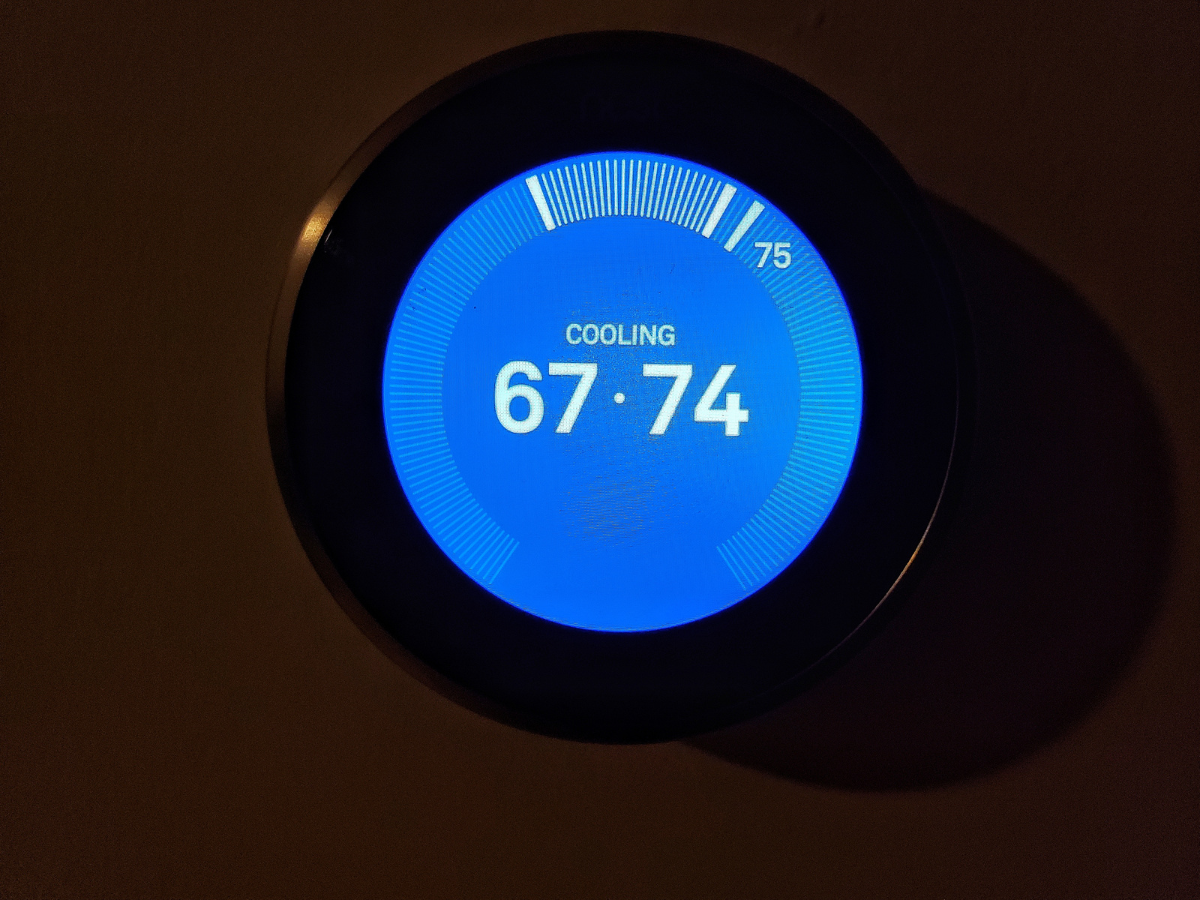How Can You Prevent HVAC System Freezing During a Power Outage?
Winter storms and freezing temperatures can cause sudden power outages, leaving your home vulnerable to frozen pipes and damaged HVAC systems. When the heat shuts off, cold air quickly settles into ductwork and mechanical components, leading to costly repairs once power returns.
At Nauman Inc., we understand the importance of winter preparedness. Here’s how to prevent your HVAC system from freezing during a power outage and protect your investment even in extreme conditions.
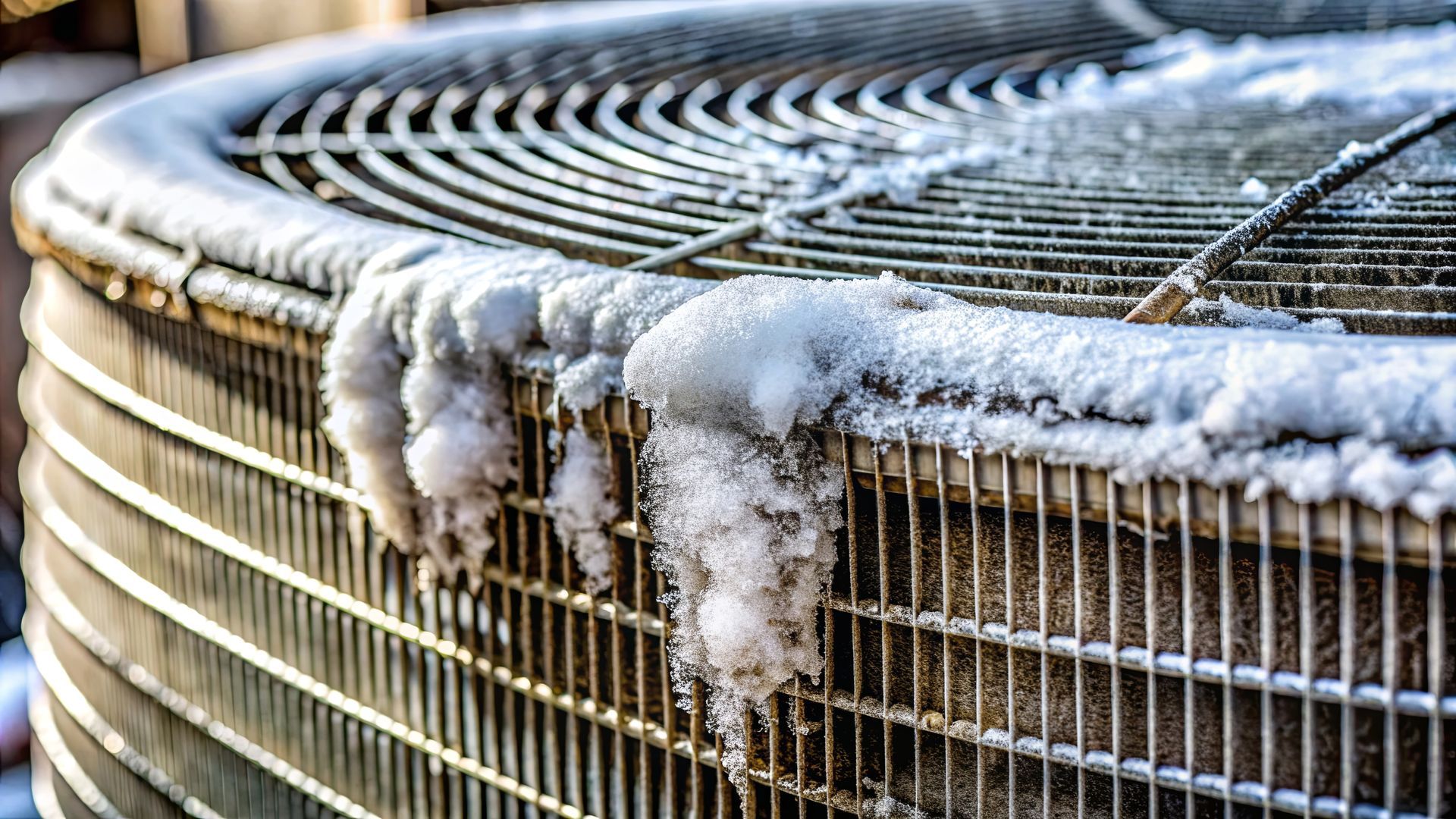
1. Insulate Exposed Pipes and Ductwork
Insulation is one of the most effective ways to prevent freezing. Make sure all HVAC lines and refrigerant pipes—especially those running through basements, crawl spaces, or exterior walls—are properly insulated.
Adding foam pipe sleeves or insulation wrap keeps residual heat inside the lines longer, giving you valuable protection during power loss.
2. Keep Interior Doors Open
When the power goes out, airflow becomes limited. Keeping doors open throughout your home allows warmer air from interior rooms to circulate naturally. This helps prevent certain areas—especially those farthest from your HVAC unit—from becoming significantly colder than others.
This small step can make a major difference in keeping temperatures balanced during extended outages.
3. Seal Air Leaks and Drafts
Even minor drafts can allow cold air to infiltrate your home and cool down internal HVAC components faster. Check for leaks around windows, doors, vents, and attics. Using weather stripping or draft stoppers minimizes heat loss and slows temperature drop during a blackout.
By maintaining a tighter building envelope, your HVAC system and plumbing stay insulated from the worst of the cold.
4. Use Backup Power When Possible
A portable generator or whole-home backup system can supply temporary power to your furnace, heat pump, or boiler during an outage. While these systems require safe setup and monitoring, they can prevent freezing in both your HVAC and plumbing systems by maintaining a minimal level of heat.
Consulting a professional electrician ensures your generator can safely connect to your home without overloading circuits.
5. Keep a Consistent Thermostat Setting
Before a storm or anticipated outage, set your thermostat slightly higher than usual—around 72–75°F. This extra warmth helps keep your home temperature above freezing for longer after power loss.
Avoid turning your system off before an outage, as this accelerates the rate of cooling once the power goes out.
6. Schedule Preventive HVAC Maintenance
Routine HVAC maintenance is one of the best ways to prepare your system for extreme cold. A technician can:
- Inspect refrigerant levels and lines for vulnerabilities.
- Verify that insulation and seals are secure.
- Check heat exchangers, burners, and motors for optimal performance.
- Ensure drainage components and outdoor units are clean and debris-free.
Preventive service from Nauman Inc. ensures your system is ready for winter’s harshest conditions—reducing the risk of freezing when unexpected power outages occur.
Conclusion
Preventing your HVAC system from freezing during a power outage comes down to preparation. Insulate exposed components, seal air leaks, maintain consistent indoor temperatures, and consider backup power options.
At Nauman Inc., we specialize in HVAC maintenance, repair, and installation to help homeowners stay protected through every season. Whether it’s preparing before a storm or restoring comfort afterward, our technicians are here to keep your system running efficiently and reliably.

